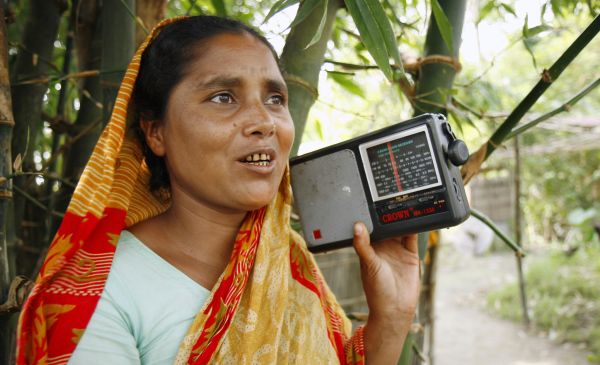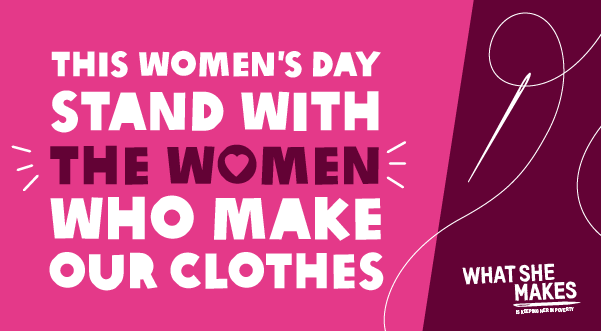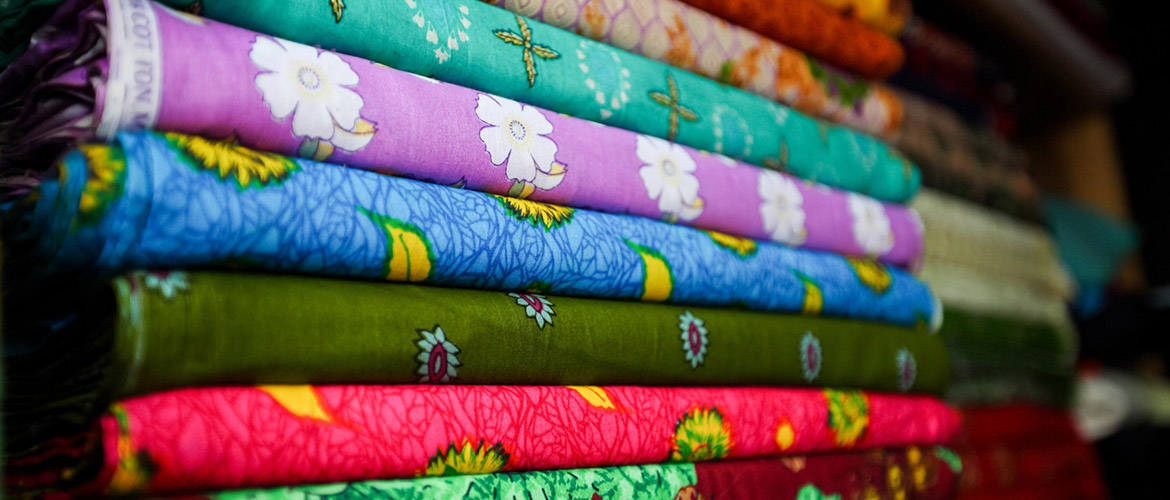How Bangladeshi garment workers challenge the gender gap
The fashion industry has the potential to improve the lives of the women it employs. But as long as
gender-based discrimination and exploitative conditions persist, economic freedom remains unattainable for many female garment workers. Women’s organisations, unions and NGOs are working together to change this situation.
According to the Global Institute for Labour and Human Rights, approximately 1.6 million women work in the garment sector in Bangladesh. Women’s employment in the garment industry in Bangladesh has been shown by a number of studies to decrease the gender gap and help reverse the social exclusion of women in society. However, serious gender discrimination and exploitative working conditions persist in this industry—making it more difficult for women to enjoy the potential benefits of their employment.
Many women have mixed experiences of garment work. On the one hand the industry can offer better prospects than less formal areas of employment such as agricultural or paid domestic work. On the other hand garment workers often encounter unsafe or exploitative conditions, gender based discrimination, violence and sexual harassment.
The Fair Wear Foundation reports that about 60% of garment workers in India and Bangladesh have been subjected to physical or emotional harassment or abuse.
More needs to be done to support women in the garment sector to be able to access decent work without fear of exploitation or abuse.
Gender Studies researcher Nidhi Khosla believes that several steps are required to improve the situation for Bangladeshi women garment workers. These include strengthening women’s ability to organise and participate in unions and civil society organisations, addressing negative behaviours towards women and improving women’s educational opportunities.
The good news is that the Fair Wear Foundation has just launched a new project that will collaborate with Bangladeshi workers, local NGOs, factories and international brands to try to make progress on some of these issues.
The project aims to address violence against women garment workers in India and Bangladesh. According to the Fair Wear Foundation, while legal protections exist in both countries, implementation remains weak for several reasons, including the level of complexity within garment supply chains. The project will also seek to improve monitoring and remediation systems, as well as creating more transparent and open relationships between European based brands, export oriented garment factories, local workers and their organisations.
The Fair Wear Foundation hopes that the project will produce best practice examples that can be implemented in others sectors and other regions throughout the world.
What you can do to help
Support decent work and dignity for women in the fashion industry
Join: Oxfam’s campaign for workers’ rights
Close the wage gap: Call on the big brand names to respect women workers and pay a living wage
Find our more: Visit Karmojibi Nari, a Bangladeshi women workers’ initiative
Background Reading
• Nidhi Kohsla, The ready-made garments industry in Bangladesh: A means to reducing gender-based social exclusion of women?, 2009.
• Anwara Begum, Pratima Paul-Majumder, The Gender Imbalances in the Export Oriented Garment Industry in Bangladesh, 2000.
• Fair Wear Foundation, Anti-harassment committee and violence prevention system in export-oriented garment factories, 2011.



